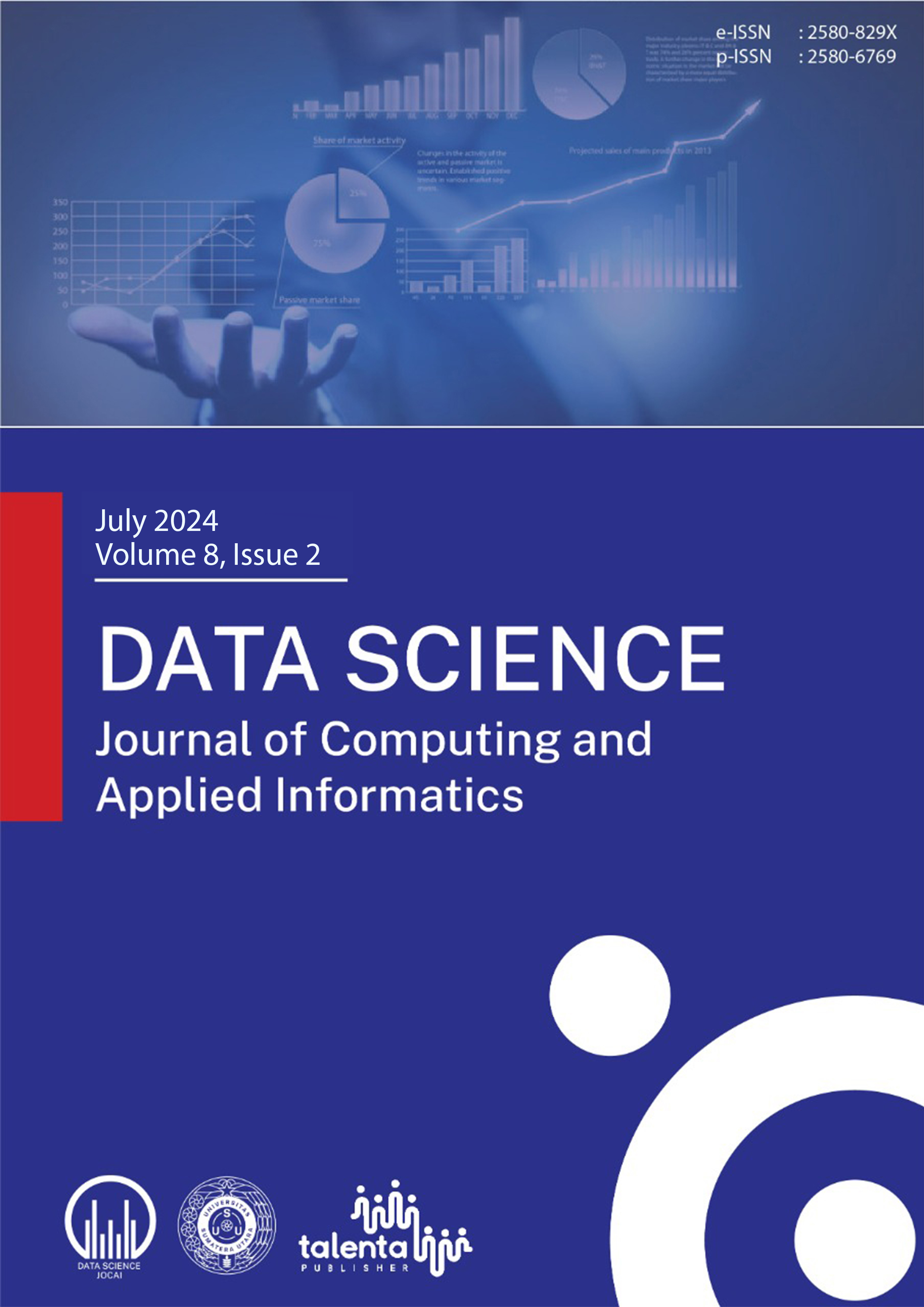Implementing 6G via Non-Terrestrial Networks (NTN): Considerations for High Altitude Platform Stations (HAPS)
DOI:
https://doi.org/10.32734/jocai.v8.i2-16765Keywords:
6G, NTN, HAPS, NETWORKSAbstract
Non-terrestrial networks (NTN) covering space-based and airborne network assets will be crucial for 6G delivery. Satellite constellations constitute a significant part of the NTN infrastructure but have certain limitations like long latency and Doppler shifts. High Altitude Platform Stations (HAPS) will complement the role of satellite systems and add significant value to the 6G NTN offering. This article draws the attention of the 6G development ecosystem to the need to prioritise HAPS studies and specifications. HAPS NTN will address three main factors relevant to 6G NTN deployments: Technology limitations of satellites, complexities of operations, automation and maintenance (OAM) and futureproofing 6G NTN. Wireless technologies change in 10-year cycles on average. However, intra-cycle changes (evolutions) also occur, further shortening the actual spans of the technology cycles. HAPS NTN can future-proof 6G NTN since it is retrievable for upgrades, retooling or redesign. Satellite systems will be highly exposed if these intra-cycle evolutions need hardware upgrades. Softwarisation and virtualisation would be helpful but do not eliminate the risk. This paper addresses the need to elevate the consideration for HAPS in 6G studies as it may serve as the ultimate technology guarantee for the success of 6G NTN.
Downloads
References
Joern Krause. Non-Terrestrial Networks (NTN). https://www.3gpp.org/technologies/ntn-overview, May 2024. Accessed: 10-06-2024.
Reiner Stuhlfauth. 5G NTN Takes Flight: Technical Overview of 5G Non-Terrestrial Networks. Technical report, Rohde Schwarz, 2022.
GSMA. High Altitude Platform Systems: Towers in the Skies. Technical report, GSMA, 2021.
Airbus Defence and Space. Zephyr, the High Altitude Pseudo-Satellite. http://www.defence.airbus.com/portfolio/uav/zephyr/, 2017. Accessed: 23-06-2017.
5G Americas. Update on 5G Non-Terrestrial Networks. Technical report, 5G Americas, 2023.
Meik Kottkamp, Anil Pandey, Andreas Roessler, Reiner Stuhlfauth, and Daniela Raddino. 5G New Radio - Fundamentals, Procedures, Testing Aspects. Rohde Schwarz GmbH Co. KG, 2019.
Cansu Palanci, Funda Akleman, and Gunes Karabulut Kurt. High altitude platform station (haps) to satellite channel models for 6g networks. In 2022 IEEE Aerospace Conference (AERO), pages 1–10, 2022.
Imadur Rahman, Sara Modarresrazavi, Olof Liberg, Christian Hoymann, Henning Wiemann, Claes Tidestav, Paulschliwa-Bertling, Patrik Persson, and Dirk Gersten- berger. 5g evolution towards 5g advanced. Technical report, Ericsson, 2021.
Downloads
Published
How to Cite
Issue
Section
License
Copyright (c) 2024 Data Science: Journal of Computing and Applied Informatics

This work is licensed under a Creative Commons Attribution-ShareAlike 4.0 International License.















